
Back when I was a kid, I remember when games like Rockman and Sonic the Hedgehog were the pinnacle of what the gaming industry had to offer, with graphics and game-play that blew the player’s mind. However, as this article is focusing on graphics I will rule game-play out of the equation
I no longer own any consoles, having long sold my Nintendo Entertainment System and Super Nintendo. My PlayStation disappeared one day (I believe my brother gave it to his, now ex, girlfriend) and my PlayStation 2 suffered a horrible death at the hands of a faulty mod-chip (that’ll teach me, eh?). Since then I’ve been a PC gamer and haven’t looked back since. As much as I’d like to have kept all those consoles (for historic value), when you’re a kid often-times you need to sell the old in order to afford the new, such was the case with me. One of the greatest things about PCs (in regards to gaming) is emulation. Emulators allow you to replay those classic gaming gems, many of which I never got to play. The thing I notice now while playing these games is that they still look pretty good, and the reason for this I believe is because they aren’t trying to imitate life like modern games. Perhaps the reason for this is because the technology simply didn’t exist and for that reason, many things that needed to be represented looked ‘cartoony’. Let’s take Super Mario World 2: Yoshi’s Island on the Super Nintendo as an example, the game looks like it’s been torn out of a colouring book, the visual effect is amazing, still to this day and the game was released in 1995.
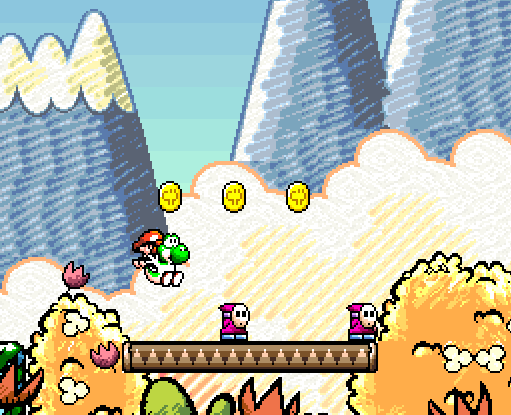
A few other great examples of the 16-bit era include Comix Zone, which looked like you were playing in a comic-book as the player navigated from panel to panel and the Donkey Kong series on SNES, a series of games that, I believe, represented the apex of 16-bit graphical capabilities.
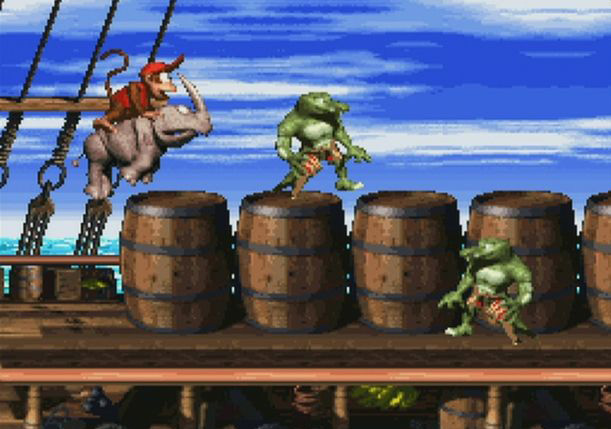
Rare’s Silicon Graphics engine (pre-framed 3D graphics) made the Donkey Kong series stand out from being just another platformer. Rare also made use of their Silicon Graphics engine for their Killer Instinct series of beat-’em-ups, a brutal fighting game series that looked absolutely amazing and was the first arcade game to use an internal hard disk drive in addition to the game’s ROMs. This allowed it to store massive amounts of data thereby giving it the ability to have more detailed graphics than other games of this genre. Backgrounds were pre-rendered as a ‘movie’, which simply adjusted frames based on the current location of the players. All this data was stored on the hard drive. Killer Instinct’s RISC R4600 processor was clocked at 100 MHz.

The problem begins with 3D graphics. The advent of the 3D graphics engine promised greater levels of immersion and realism as players were thrust from 2D environments into new ‘realistic’ 3D ones, and I believe that the developers have indeed succeeded in this. But as the technology increased at an exponential rate more and more 3D engines emerged each one looking superior to the last. This is where the trouble lies, 3D engines date far too quickly. I’m currently playing the first Metal Gear Solid game that was ported to PC in 2000, while I remember it looking absolutely amazing on the PlayStation back in 1998, the 3D polygons now look awfully dated and simplistic. Likewise with Final Fantasy VII, a game that had amazing cut-scenes in 1997 but compared to modern CGI, they look painfully outdated. I’m not saying that this is a bad thing, progression is a constant factor in anything we do, it’s just ironic to see how modern and (arguably) superior graphical engines out-date faster than their 2D predecessors. Going back to what I said earlier, the reasons for this is because modern 3D engines try to emulate life, a dubious task as human beings are constantly surrounded by the environment, especially other people and so when someone tries to emulate that, we are able to pick up on inaccuracies very quickly. Recreating animals and human beings in 3D still remains a tough task to this day. I’m convinced we’ve mastered water, lighting, artificial landscapes, vehicles and to some extent, naturalistic landscapes but when it comes to people and more specifically the human face, there is much room for improvement.
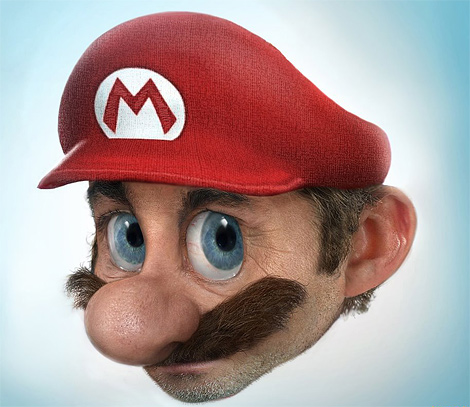
In 2004 the much anticipated sequels Doom 3 and Half-Life 2 were released, Doom 3’s id Tech 4 engine was a force to be reckoned with, as was Half Life’s Source engine. In my opinion though, the Source engine is superior and in regards to the aforementioned games, Source was implemented better than id Tech and made for a more realistic environment and experience. At the time, Half Life 2 was the most amazing game I had ever seen and as a result it was utterly engrossing, Doom 3 however, was just too damn dark.
I remember playing F.E.A.R in 2005, back then my machine struggled to meet the heavy system requirements that the game demanded, it was an amazing looking game. Since I really enjoyed F.E.A.R, I installed F.E.A.R – Perseus Mandate recently, with great expectations, unfortunately, the graphics engine looked so dated I was quite shocked and the overall experience wasn’t as enjoyable as the previous outing. The current 3D engines available are quite impressive at the moment having given birth to such visual wonders as BioShock, Gears of War, Killzone 2, Devil May Cry 4, FarCry 2 and Crysis and as great as they look now, in a year or two, you’ll be scratching your head while wondering to yourself how on earth you thought these games looked so great.
The 2D era may be over, but while those games will retain a cartoon-like immortality, the 3D era will continue to change and games of yesteryear will be continually compared to newer, more sophisticated engines, which in a way is a bit of a shame as the more visually pleasing these games become, the more we expect things to look better and in doing so we forget how great the older stuff really was.
A few examples of the modern 3D engine:
2004 – Doom 3
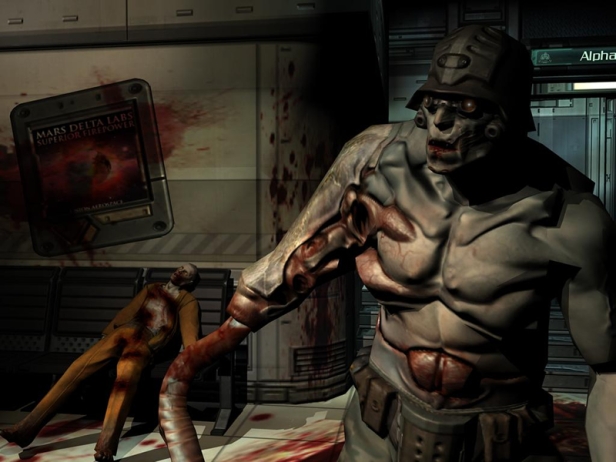
2004 – Half-Life 2
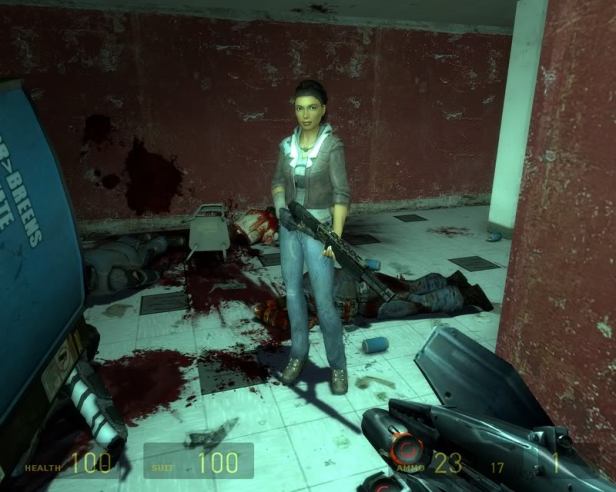
2005 – F.E.A.R.
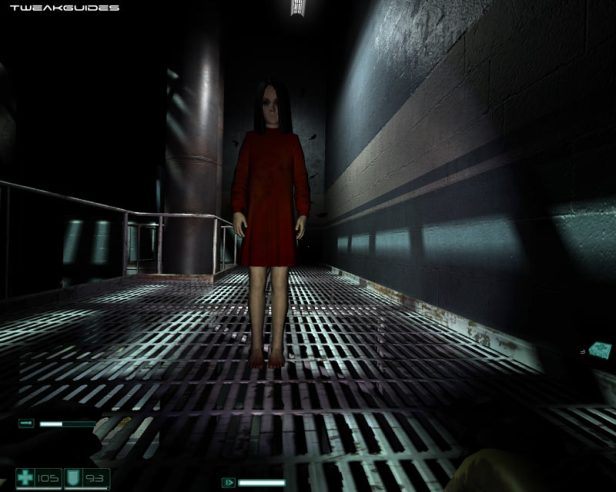
2007 – Crysis
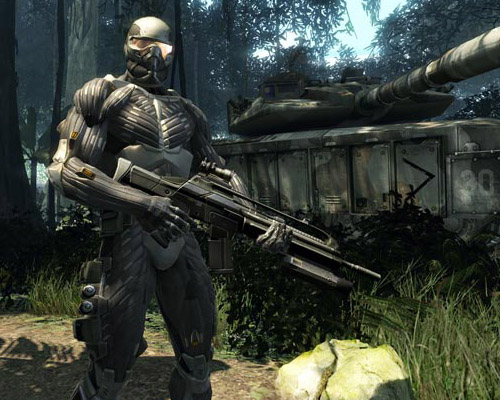
2009 – Killzone 2
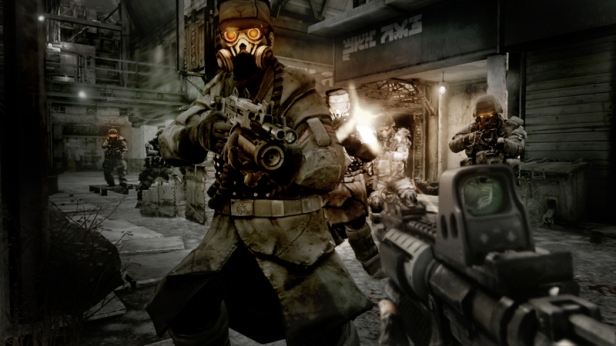
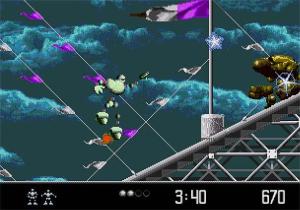
On October 24, 1995 a company called BlueSky Software, released a game called Vectorman. Vectorman was pretty much the final word in Sega Genesis 16-bit graphics, employing the use of pre-rendered 3D models much like the Donkey Kong Country series.
A sequel, Vectorman 2, was released in 1996 and although both games look brilliant, they also look much the same with the sequel bearing no real improvement graphically. Were it a 3D engine, a sequel may well have looked very different, as such is the case with modern gaming. Perhaps there simply was no need for further improvement in the 2D arena although the more likely scenario is that developers couldn’t squeeze anything more from the hardware and had to create something new to take its place. The jump from cartridges to compact disc played a huge role in what developers would be capable of achieving in the future. Some companies however were rather stubborn much like Nintendo who used cartridges up until September 2001 when they released their first console to use the optical disc format, the GameCube.

Nintendo’s failure to switch to compact discs resulted in them losing one of their key developers, Squaresoft, who released Final Fantasy VII in 1997 on Sony’s PlayStation console as the Nintendo 64 simply did not have the hardware capable of running the game efficiently which is why the Final Fantasy series on the PlayStation looked vastly superior to the Legend on Zelda series on the Nintendo 64. Likewise with the aforementioned Killer Instinct, due to memory limitations on the Nintendo 64 hardware and cartridges, the pre-rendered FMV-flipbook backgrounds of the arcade version were replaced with realtime-rendered low poly backgrounds for the N64. The 3D era also signaled the slow death of the 2D beat-’em-up after a myriad of 3D fighters like Virtua fighter, Tekken, Fighting Vipers, Dead or Alive and many others arrived on the scene, classic games like the Street Fighter series began to fade into obscurity. Although a fairly recent series of 2D fighting games have been quite popular, like Guilty Gear (though some of the later versions incorporated 3D background elements) but companies like Capcom have realized that in today’s market 3D is the way to go, having recently released the awesome Street Fighter IV, fully 3D and gorgeous to look at. As wonderful as Street Fighter IV looks, it uses an anime-style 3D techique as opposed to a realistic one, this is an aspect that I like as rather than trying to create photo realistic models, the developers created a human model that looks more like a stylized cartoon than a family photo.
A series I think that has failed in recent years due to ‘3D’ is the Sonic the Hedgehog series of games. In the ’90s Sonic was all the rage but when Sega started to release 3D versions of their popular franchise, things went to hell. I feel it’s too difficult to control Sonic in a 3D environment as the camera angles are always terrible and it’s pretty damn difficult to control something that’s moving at mach 1 and happens to go off screen getting you killed. Sonic looked great in 2D and did not benefit from a 3D makeover, not even Sonic could save the Dreamcast (which was a great system) so perhaps rather than releasing all these half-baked sequels Sega should create Sonic 2.5, 2D sprites, side-scrolling with 3D elements incorporated into the backgrounds, sure to appeal to die-hard Sonic fans.
Capcom’s Street Fighter evolution:
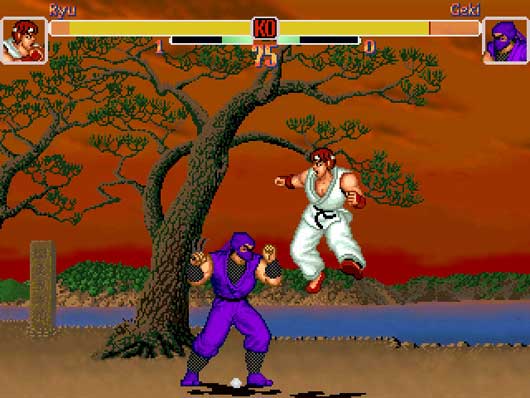
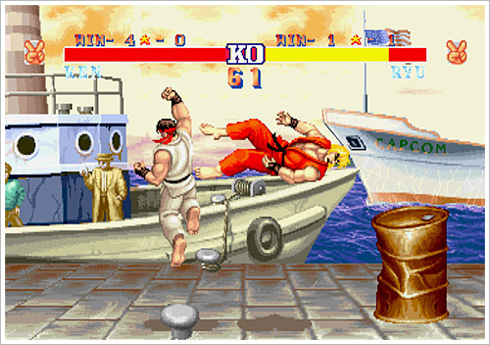

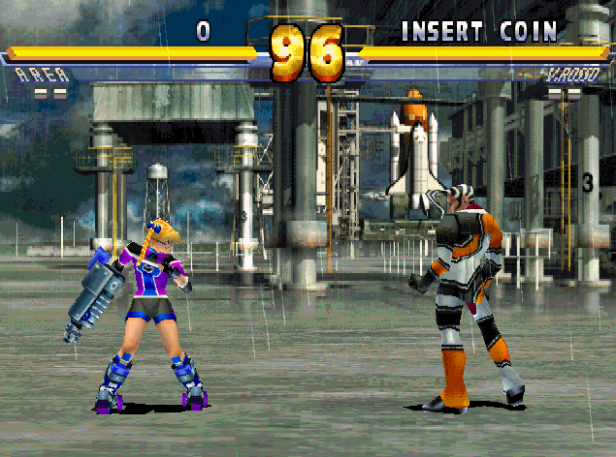
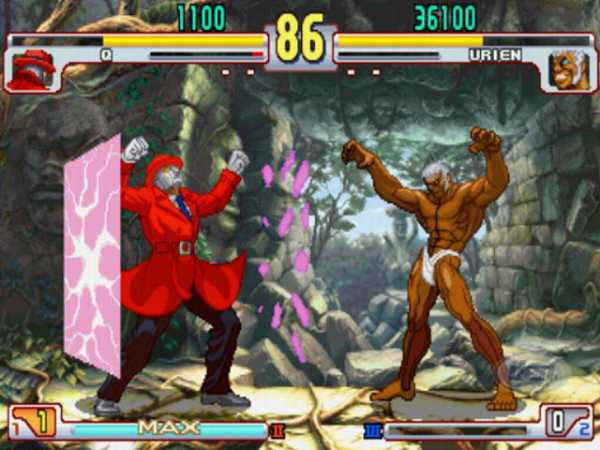
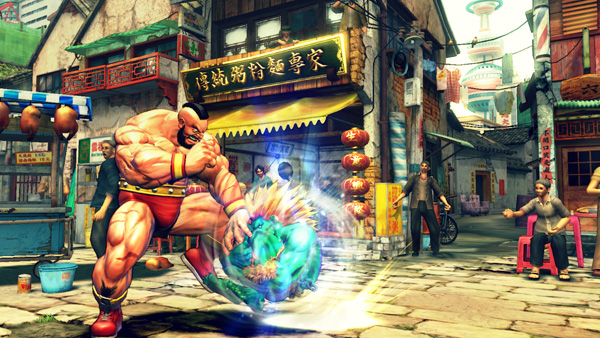
Eventually, video-games will cease to exist and in their place will be 3D simulations indistinguishable from reality, a virtual reality will exist for willing persons to partake in, the only refuge for nostalgic gamers will be their PCs and emulating software that will enable them to relive the ‘glory days’ of gaming while the rest of humanity are slaves to the Matrix, or at the very least, ludicrous system requirements.

This is an excellent source!!!!
Thank-you, glad the article was useful 🙂
some genuinely interesting info , well written and broadly user pleasant.
Then, in the long term future, Is not he make new games, side-scrolling 2D mechanical / horizontal and vertical in the future, only play the old existing programs through emulators? … He believed that if, and always have new designs for video games and 3D mechanical 2D, 3D gameplay that does not offer the same as 2D, but something else … But as your article concludes at the end, it seems that is not going to happen, … Within how one’s reality show / recreated, as the current mini-games, or from outside this artificial reality recreated or simulated?.
Greetings to all.